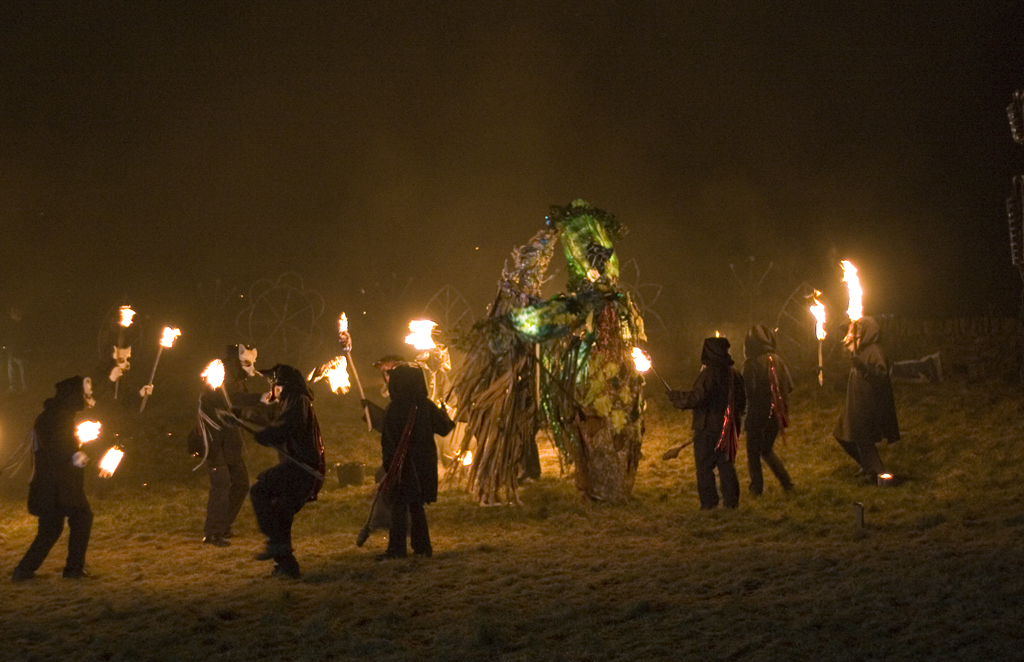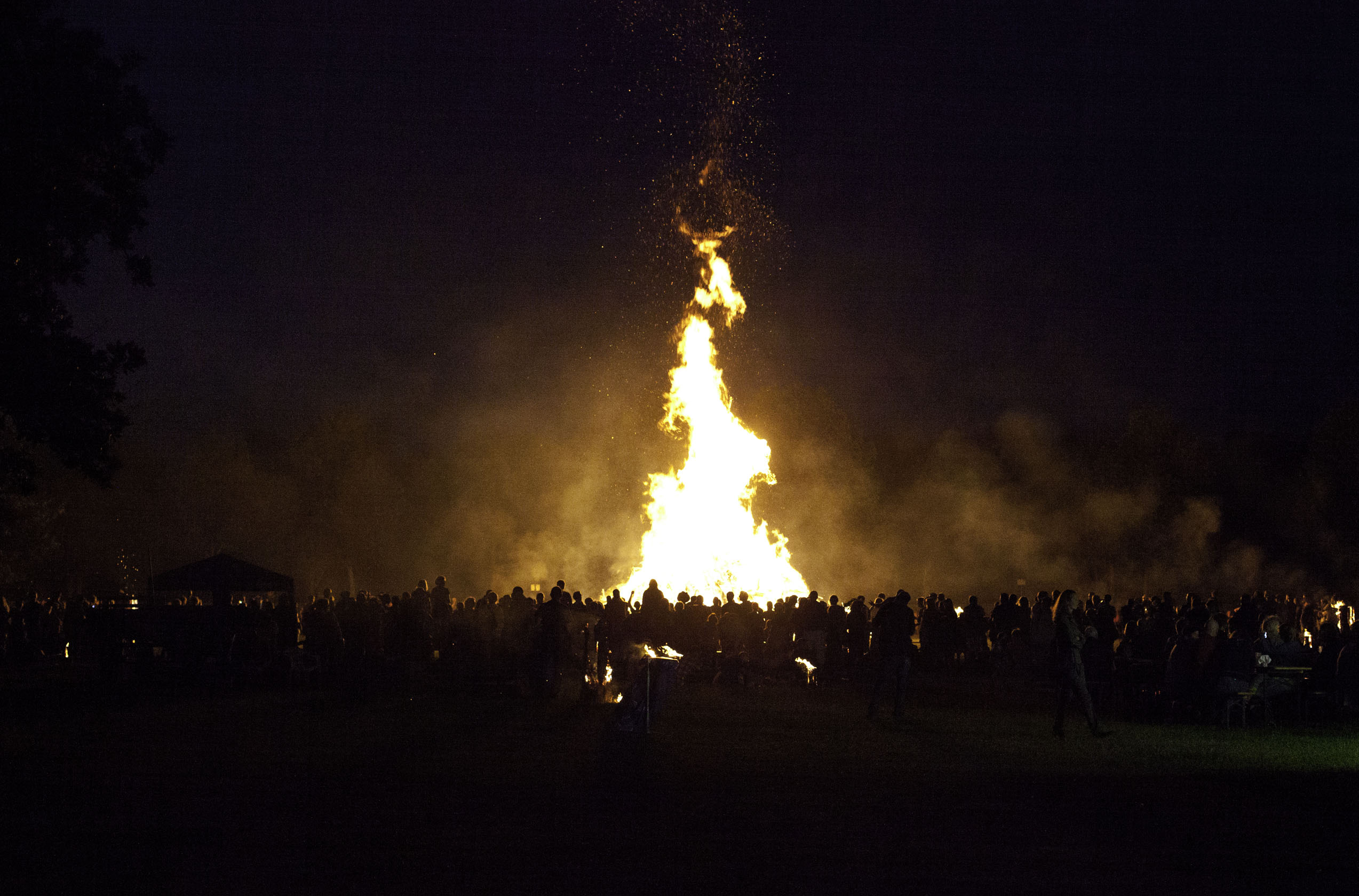
The internationally touring Irish musical duo The Guinness Brothers have been spreading the craic* from pub to pub and festival to festival over two continents for the past seven years. Consisting of Colm Kelly on vocals, guitar, and harmonica, and Roddy Carreira on vocals, mandolin, banjo, and occasional percussion, The Guinness Brothers really are the life of the party.
Based out of Albufeira, Portugal (though Colm originally hails from Kildare, Ireland), they are consistent performers at Irish Pubs, weddings and events at a nearly non-stop pace throughout Europe and the United States.
I naturally met Colm on his first trip to Pensacola as a performer at McGuire’s Irish Pub. Sometime later Roddy came along with him and brought the full Guinness Brothers experience to McGuire’s. One of the most immediately noticeable features of a Guinness Brothers show, as well as a Colm Kelly solo performance is that Colm has a natural gift for working a room and amping up a crowd. With Roddy beside him, they create a power team of sarcasm and debauchery that will have any festival ground, reception hall, or bar entertained and actively involved with all the antics they bring with them.
A Guinness Brothers show is more than a musical performance; it really is a party. The boys don’t want the audience just sitting and listening as each songs fritters by, but instead in the age-old Irish tradition they want you to be a part of the show, to interact, dance, sing, shout out responses and play along for the fun, or the “craic” as is said in Ireland.
Their sets include a wide variety of musical styles from Irish Traditionals, pop, rock, country and more, all of it delivered in the distinct high energy fashion that is a staple of a Guinness Brothers show. On top of all that, the boys are also known to boldly take requests from the audience. Even if they haven’t rehearsed the requested tune before, they’re likely to give it a shot anyway, and fake their way through it, all for the craic. It’s a bit of game to them, a challenge to which they’re eager to rise.
Speaking of games, as an audience member you might find yourself drafted into any number of games such as “left-hand drinking” during which the audience is only allowed to drink with their left hand. If someone is caught drinking with their right hand they’ll be called out, asked to stand up and down their drink all in one. This becomes a lot of fun as the audience begins to call each other out as the night goes on, and of course all for the craic.
In 2019 The Guinness Brothers released a live album appropriately titled Live Craic, a twelve song set including Irish favorites such as Whiskey in the Jar, The Wild Rover, and Rocky Road to Dublin as well as classic rock and popular covers like Folsom Prison Blues, Thunderstruck and Take On Me, with a half dozen more.
The album does a great job at capturing the spirit and the vibe the duo produces with Colm’s signature fast, percussive acoustic guitar rhythms and Roddy’s bright and lighthearted mandolin standing out ontop of the mix. Their rendition of The Wild Rover especially gives a sense of the back and forth banter the two are known for engaging in between and even during songs.
Their interpretation of the traditional reel The Moving Cloud is particularly demonstrative of Roddy’s proficiency with playing Celtic melodies. That and his dynamite mandolin lead on Whiskey in the Jar really helps to ground the disk’s versatile song selection in the Irish musical tradition from which the duo emerges.
While Live Craic is a good listen its only drawback is that you don’t get the full experience of all the antics of a Guinness Brothers live show. How could it? So, the only way to rectify this is to download this album now and make sure you catch the Guinness Brothers live at one of the various venues in which they perform throughout Europe and the United States.
* In case you haven’t figured it out by now, “craic” is a traditional Irish word for fun, joviality, or living comedy. It’s derives front the same root from which we Americans get the idea of “cracking jokes.”
Like this:
Like Loading...












